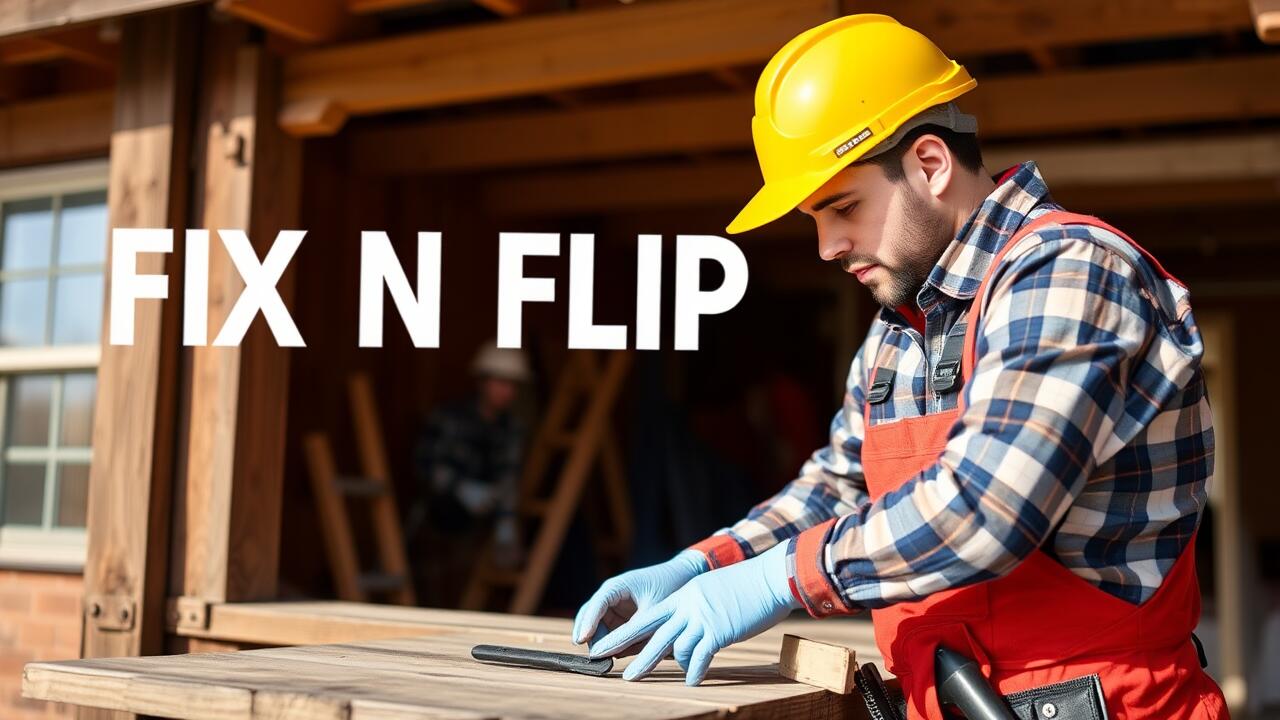
Table Of Contents
Loan Terms and Repayment Options
Fix n Flip Loans typically come with short repayment terms that align with the project timelines. Most lenders offer terms of six months to three years, depending on the scope of the renovation and the anticipated resale timeline. The interest rates on these loans can vary widely, often reflecting the perceived risk of the investment. Fixed and adjustable rates are both options, allowing borrowers to choose based on their financial strategy during the flipping process.
Repayment structures for Fix n Flip Loans can include interest-only payments during the renovation phase, followed by a lump-sum payment upon sale of the property. Some lenders may offer a more detailed payment schedule that incorporates principal payments at various intervals. These flexible options help investors manage cash flow effectively while working on their projects. It's important to understand the specific terms and repayment options offered by different lenders before proceeding.
Duration and Payment Structures
Fix n Flip Loans typically feature a relatively short duration, often ranging from six to 18 months. This period aligns with the borrower’s objective to renovate and sell the property quickly. Lenders generally assess the projected timeline for the renovation and resale when determining the loan structure. A swift turnaround is critical to maximizing profitability, which is why these loans cater to investors seeking rapid results.
The payment structures for Fix n Flip Loans can vary significantly. Some loans may require interest payments during the duration, while others operate on a balloon payment model, where the entire balance is due at the end of the term. Borrowers should pay close attention to the interest rates, as they can be higher than traditional loans due to the associated risks. Understanding the payment structure helps investors plan their cash flow effectively throughout the project.
Application Process for Fix and Flip Loans
Applying for Fix n Flip Loans involves several key steps that potential borrowers should understand. Initially, it's important to gather necessary documentation, which often includes financial statements, tax returns, and information about the property in question. Lenders need a comprehensive view of the borrower’s financial health and the project details to assess risk and potential return on investment. Having a clear budget and timeline for renovations will also strengthen the application.
Once all documents are prepared, borrowers can approach various lenders specializing in Fix n Flip Loans. Engaging with multiple lenders may provide a better understanding of the terms and conditions available in the market. It’s advisable to compare interest rates, fees, and repayment options to find a loan that aligns with the project's specific needs. Clear communication and an organized presentation of the project can make a significant difference in securing favorable financing.
Steps to Secure Financing
To secure financing for a fix and flip project, the first step involves finding a lender who specializes in fix n flip loans. This could be a traditional bank, a private lender, or even hard money lenders. Borrowers should compare rates, terms, and fees to ensure they choose the best option for their specific project. Gathering necessary documentation is crucial. This includes a detailed business plan, estimates of repair costs, and evidence of previous real estate experience, if available.
Once a lender is identified, borrowers must complete the application process. This often includes filling out paperwork that outlines the details of the property and the planned renovations. Providing thorough information increases the likelihood of approval. Most lenders will also require a property appraisal to assess its current value as well as potential after-repair value. Being prepared with a clear vision and solid financial plan can significantly smooth the path to securing fix n flip loans.
Risks Involved with Fix and Flip Loans
Fix n Flip Loans carry a range of risks that investors need to carefully consider before diving into a project. Fluctuations in the housing market can significantly impact property values. If the market declines during the renovation process, the anticipated profit margins can diminish, leading to potential financial losses. Unexpected repair costs can also arise, further straining budgets. Proper budgeting and contingency planning are essential to mitigate these financial pitfalls.
Another risk lies in the time required to complete renovations. Delays can occur due to various factors, such as contractor availability or unexpected building code issues. These delays impact repayment schedules, sometimes resulting in penalties or increased interest costs. Investors must also be aware of the possibility of overestimating a property's resale value, which can lead to insufficient offers once the renovation is complete. Evaluating both the time and the market conditions is crucial when utilizing Fix n Flip Loans.
Common Challenges Borrowers Face
Borrowers pursuing Fix n Flip Loans often encounter challenges related to financing approval. Lenders typically expect a solid grasp of the real estate market and a clear plan for the property renovation. Owners might struggle to present a compelling business proposal or demonstrate their previous experience in similar projects. These factors can lead to delays in getting approved or even outright denials.
Another common obstacle involves unexpected renovation costs. The initial budget may not account for all necessary repairs, leading to overspending that can jeopardize the project's profitability. Managing timelines also poses a risk; if renovations take longer than anticipated, the loan terms can become burdensome. Successful completion of a fix-and-flip project requires careful financial planning and realistic assessments of both time and costs.
FAQS
What is a fix and flip loan?
A fix and flip loan is a short-term funding option used by real estate investors to purchase and renovate properties with the intention of selling them for a profit.
What are the typical terms for a fix and flip loan?
Typical terms for a fix and flip loan include a duration of six months to two years, interest rates ranging from 6% to 12%, and the requirement for interest-only payments during the loan term.
How does the repayment structure work for fix and flip loans?
Repayment structures for fix and flip loans often involve interest-only payments during the renovation period, with the principal amount due upon sale of the property or at the end of the loan term.
What are some common risks associated with fix and flip loans?
Common risks include potential delays in renovations, unexpected costs, market fluctuations that can affect property value, and inability to sell the property within the loan term.
What is the application process for securing a fix and flip loan?
The application process typically involves gathering necessary documentation, such as financial statements and a detailed renovation plan, submitting an application to a lender, and undergoing an approval process that may include property appraisal and credit checks.



